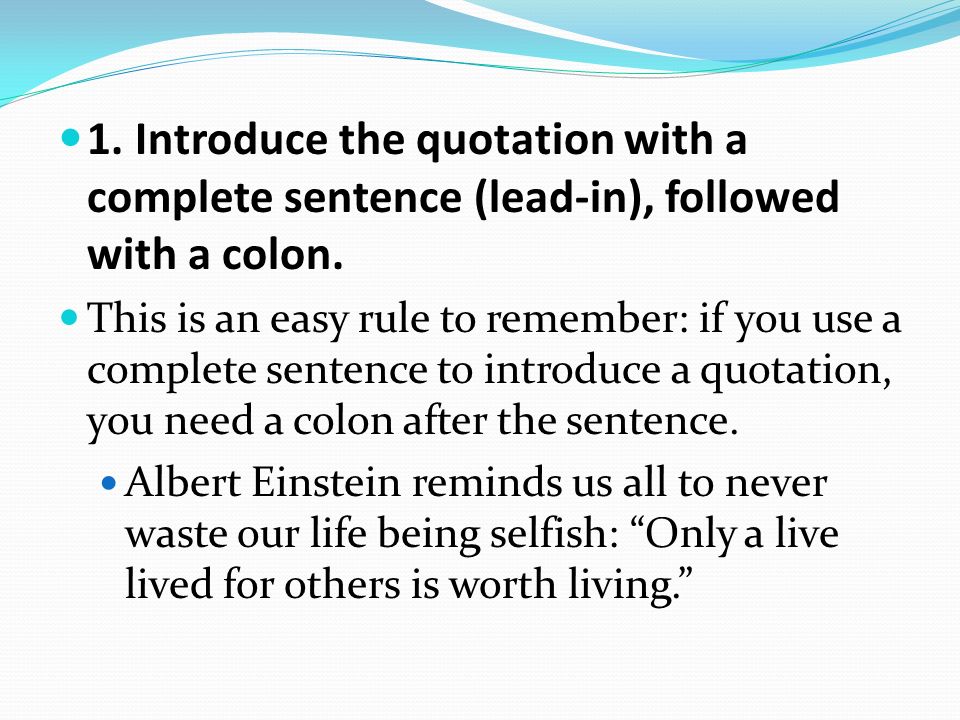

Colons, like semicolons, should be used sparingly. It's definitely not a strict rule.Like a semicolon, a colon can connect two independent clauses, but it has several other uses as well. (Note: This is just a guideline to remove the need to think about what punctuation to use. There is a useful guideline out there which states that if your quotation is longer than six words (and you're not worried about controlling the flow of text), then use a colon. However, it could have been introduced with a comma or with nothing. In this example, the quotation is introduced with a colon. It's hard to disagree with Frank Zappa, who said: "Art is making something out of nothing and selling it.".(Colons used as a separator in times.) Read more about colons in references, times and titlesĬolons can be used to introduce quotations. (Colon used as a separator in a Bible reference)Ġ8:30 - Meet at the lake and prepare the kayaks Genesis 1:1 starts "In the beginning God created the heavens and the earth.".(Here, the colon is used to separate the main title from the subtitle.) I am currently reading "How To Get Your Own Way: Who's Manipulating You?".Read more about using bullet points (3) Using Colons in References and TimesĬolons can be used to divide the parts of references, titles, and times. Note: You cannot use a semicolon ( ) for this purpose. The Victorian printing set is missing the following characters: Q, R, K, and the question mark.The wording to the left of the colon will introduce whatever follows on the right. I would like to change just one aspect of your draft: then you can publish it.Ī colon can be used after an introduction.I need one personal trait: I have others but not the one I need.

You cannot introduce a new idea with a colon.


 0 kommentar(er)
0 kommentar(er)
